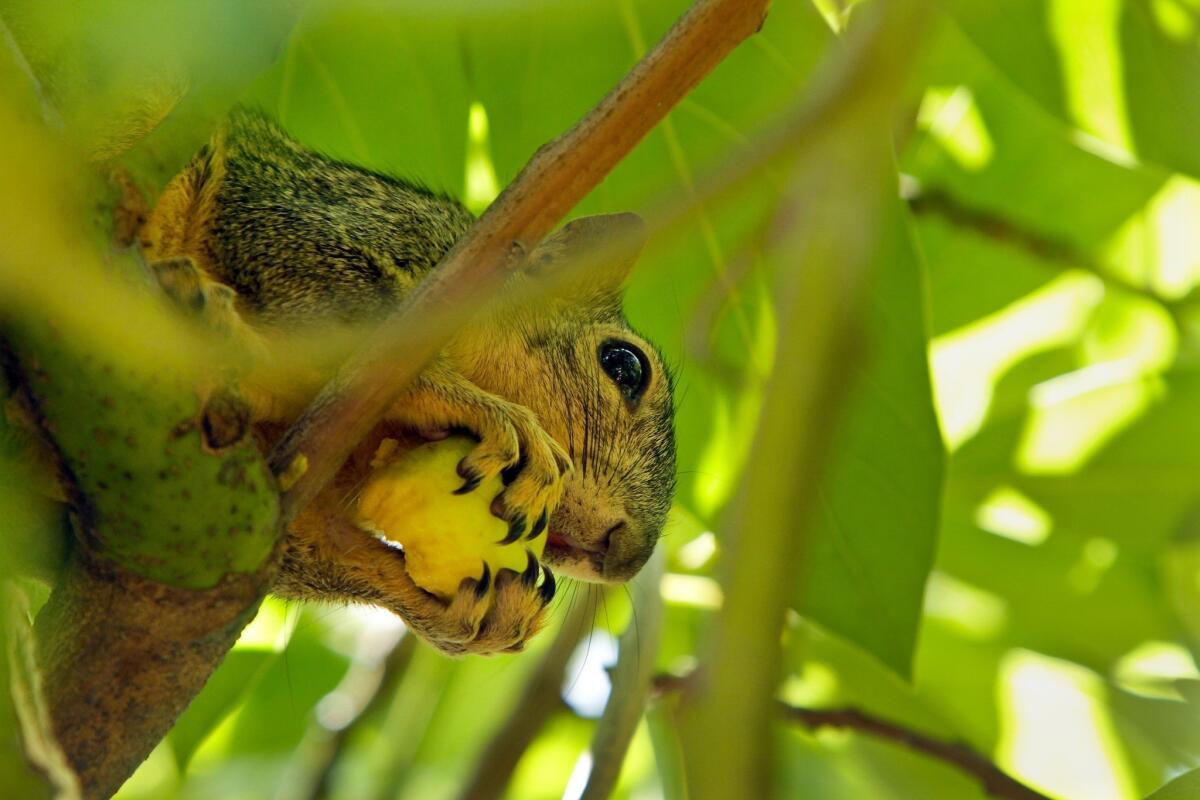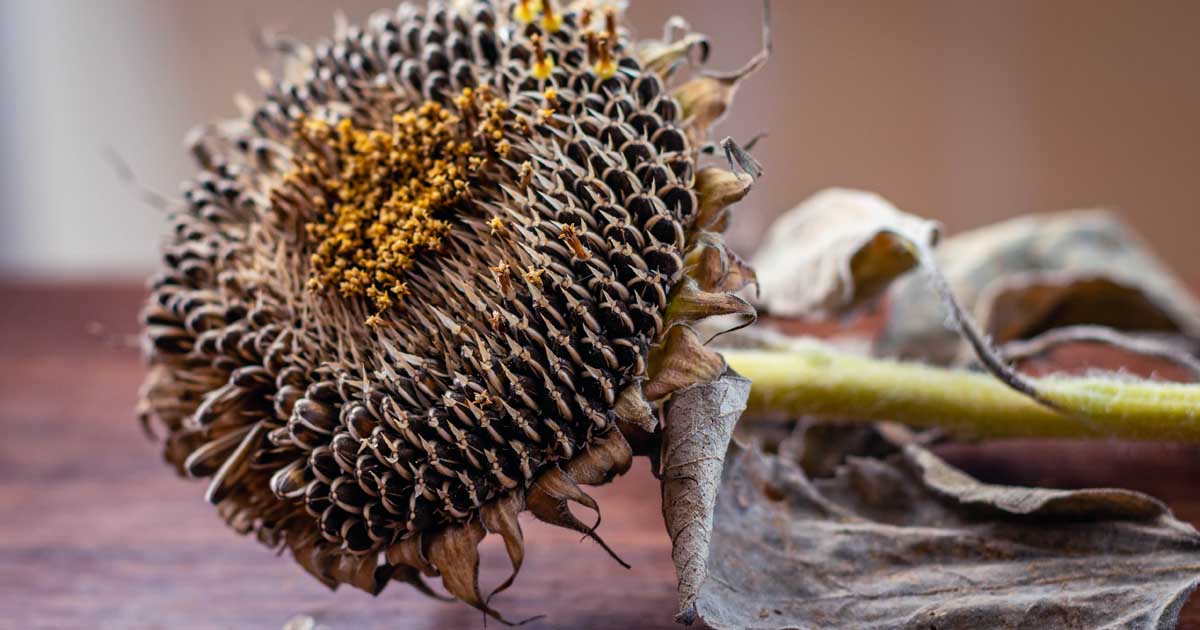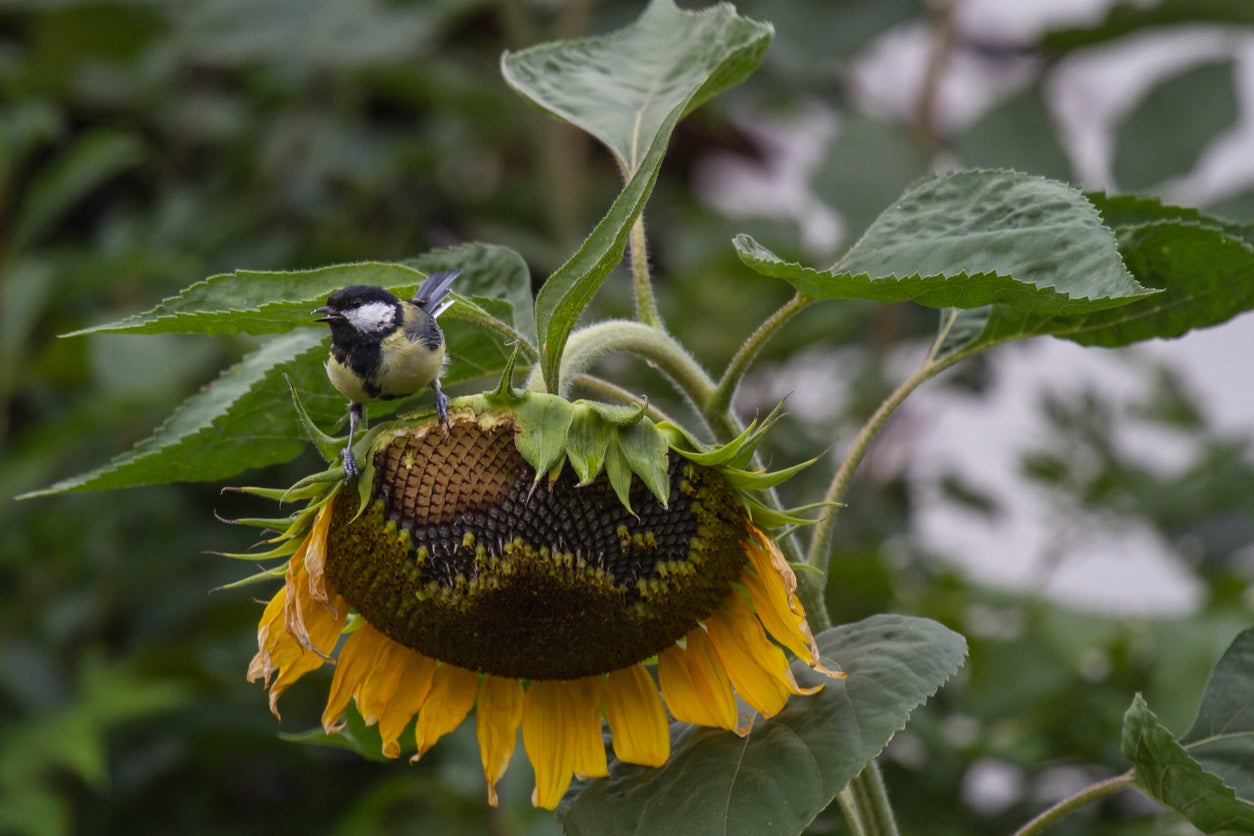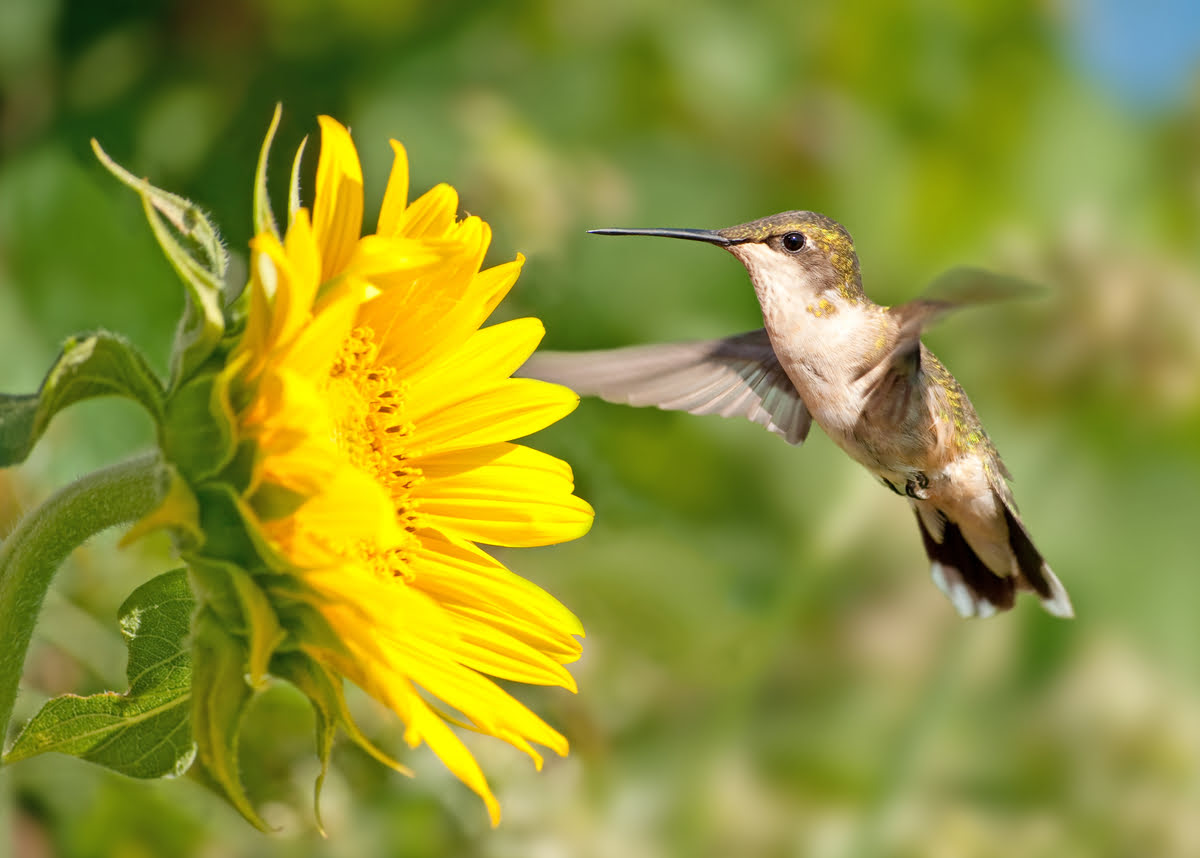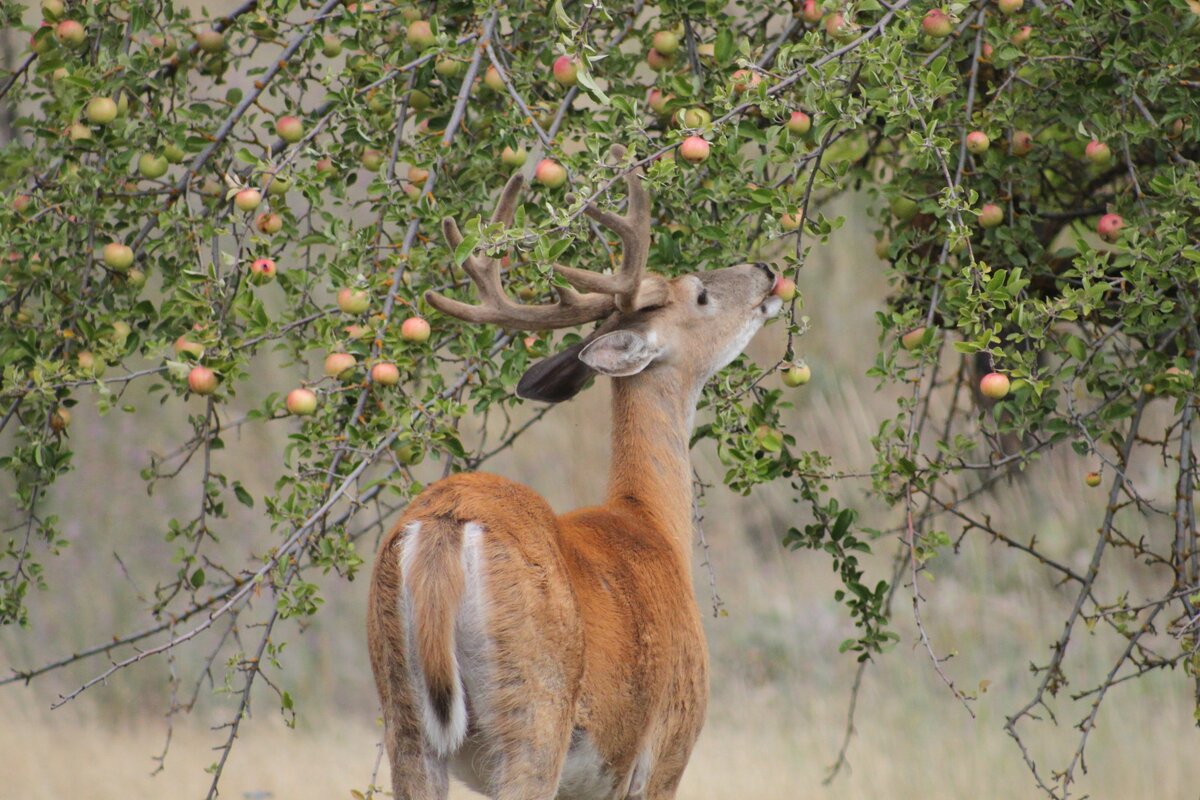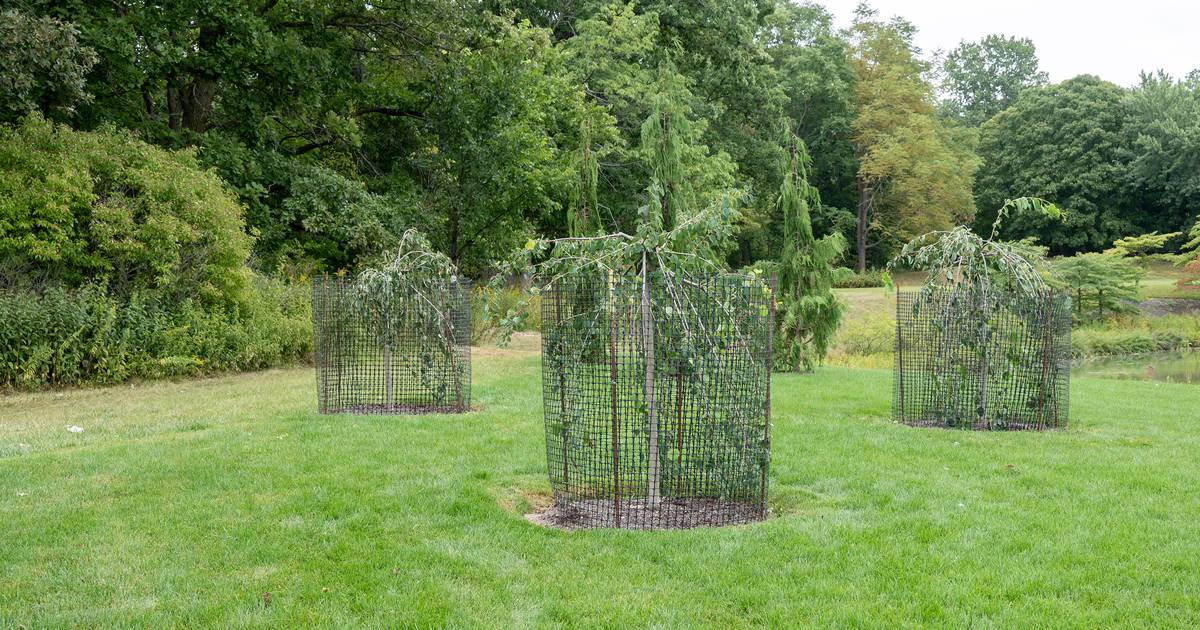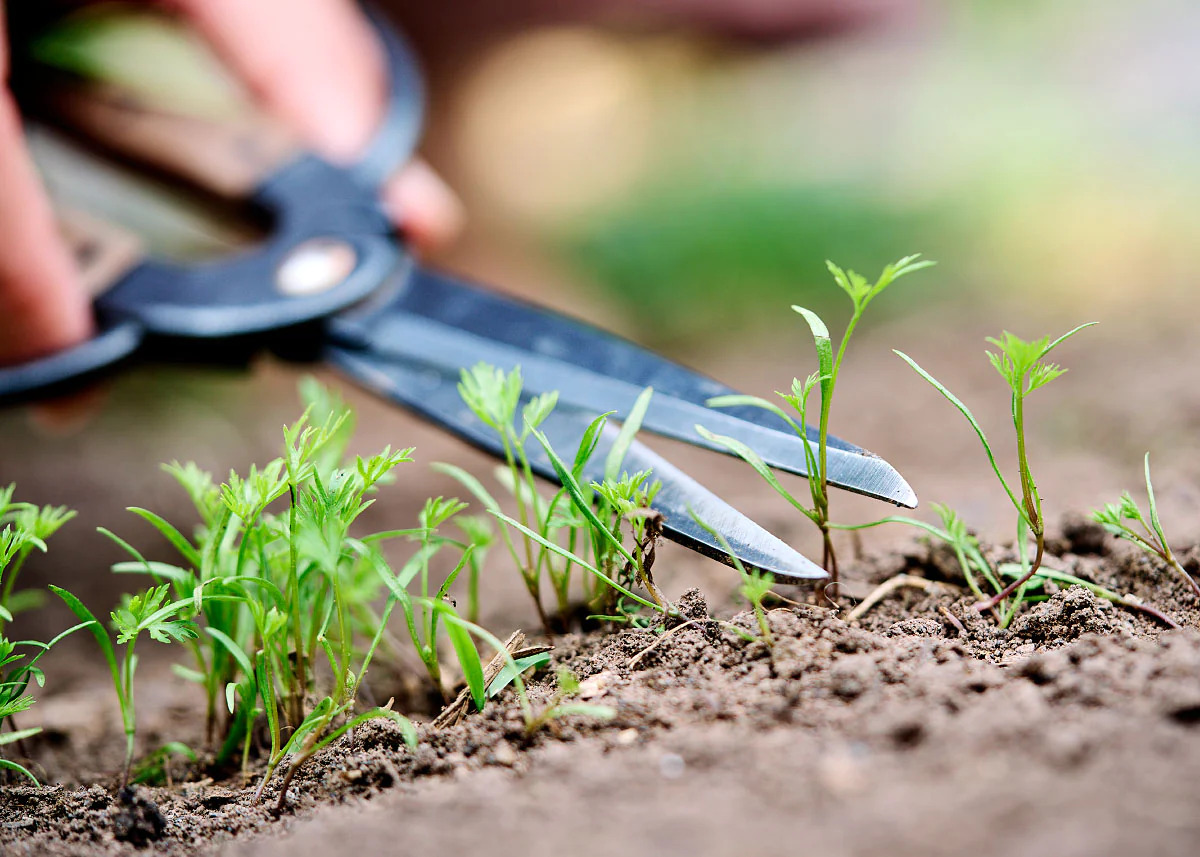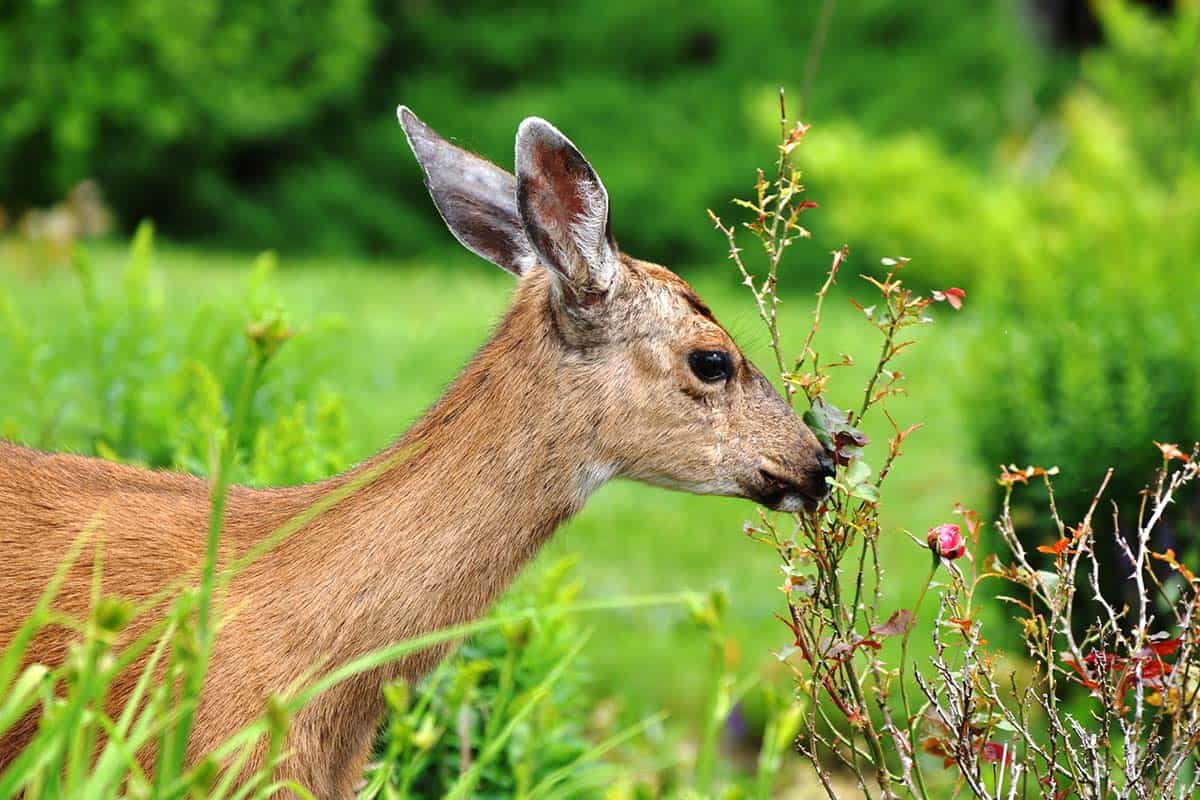Home>Gardening Techniques>Plant Care>How To Keep Deer Out Of Sunflowers


Plant Care
How To Keep Deer Out Of Sunflowers
Published: December 22, 2023
Learn effective plant care tips to keep deer out of your sunflowers. Discover natural methods and deterrents for protecting your sunflower garden.
(Many of the links in this article redirect to a specific reviewed product. Your purchase of these products through affiliate links helps to generate commission for Chicagolandgardening.com, at no extra cost. Learn more)
Table of Contents
Introduction
Welcome to the wonderful world of sunflowers and the challenge of keeping deer at bay. Sunflowers, with their vibrant blooms and towering stalks, are a delightful addition to any garden. However, these majestic plants often attract the attention of deer, who may see them as a delectable treat. As a plant enthusiast, it's essential to understand the behavior of deer and implement effective strategies to protect your sunflowers without causing harm to these graceful creatures.
Deer are known for their voracious appetites and can wreak havoc on gardens, including sunflower patches. Understanding their behavior and preferences is crucial in developing a comprehensive approach to safeguarding your sunflowers. From planting strategically to utilizing physical barriers and natural deterrents, there are various methods to discourage deer from feasting on your prized blooms.
In this guide, we will delve into the world of sunflower care and explore practical and humane techniques to keep deer out of your sunflower patch. By implementing these strategies, you can enjoy the beauty of sunflowers while ensuring that local wildlife can coexist harmoniously with your garden. Let's embark on this enlightening journey to discover the art of protecting sunflowers from deer and nurturing a thriving garden sanctuary.
Understanding the Behavior of Deer
Before delving into methods to protect sunflowers from deer, it’s essential to grasp the behavior and tendencies of these graceful creatures. Deer are herbivores with a diverse palate, feeding on a variety of plants, including the leaves, stems, and flowers of sunflowers. They are known to forage during the early morning and late afternoon, making these times crucial for monitoring and safeguarding your garden.
Deer are naturally drawn to areas with abundant food sources and favorable shelter. They often follow familiar paths and are attracted to gardens with easily accessible and delectable vegetation. Understanding their feeding patterns and preferences enables gardeners to implement targeted strategies to deter deer from targeting specific plants, such as sunflowers.
Moreover, deer possess keen senses, including a strong sense of smell and acute hearing. They are wary animals, quick to detect potential threats or unfamiliar scents. This heightened awareness underscores the importance of employing a multi-faceted approach to deter deer, utilizing methods that target both their sense of smell and their instinctive behaviors.
By comprehending the behavior of deer and their foraging habits, gardeners can strategically plan their defense against potential threats to their sunflowers. This insight serves as the foundation for implementing effective measures to protect sunflowers from deer while respecting the natural instincts and behaviors of these majestic creatures.
Planting Sunflowers Strategically
When it comes to safeguarding your sunflowers from deer, strategic planting can serve as an effective first line of defense. Consider planting sunflowers in close proximity to plants that are naturally unappealing to deer, such as strong-scented herbs like lavender, mint, or sage. Deer tend to avoid areas with pungent odors, making these aromatic companions valuable allies in your gardening endeavors.
Furthermore, planting sunflowers alongside deer-resistant flowers and foliage, such as daffodils, foxgloves, or butterfly bush, can act as a deterrent by creating an environment that is less enticing to deer. Additionally, intermixing sunflowers with prickly or thorny plants, such as hollyhocks or barberries, can create a natural barrier that discourages deer from venturing too close to your prized blooms.
Another strategic approach involves utilizing the layout of your garden to your advantage. Placing sunflowers in areas that are less accessible to deer, such as near the house or within enclosed spaces, can help minimize the risk of deer encounters. Additionally, creating raised beds or elevated planters for sunflowers can provide an added layer of protection, as deer are less likely to exert effort to reach elevated vegetation.
By strategically planning the layout of your garden and integrating deer-resistant plants alongside your sunflowers, you can create an environment that is less appealing to deer while enhancing the overall aesthetic and biodiversity of your garden. This harmonious approach not only safeguards your sunflowers but also contributes to a thriving ecosystem that balances the needs of both plants and wildlife.
Using Physical Barriers
Employing physical barriers is an effective method to protect sunflowers from deer while preserving the natural beauty of your garden. Fencing is a popular and reliable option for creating a protective enclosure around sunflower patches. When selecting fencing materials, opt for sturdy options such as metal or polypropylene, and ensure that the fence is at least 8 feet high to deter deer from leaping over it. Regularly inspect the fence for any signs of wear or damage, and promptly address any vulnerabilities to maintain its effectiveness.
For a more aesthetically pleasing alternative, consider utilizing decorative fencing or trellises that complement the visual appeal of your garden while serving as a barrier against deer. Additionally, incorporating dense shrubbery or hedging around the perimeter of your garden can act as a natural barrier, impeding deer access to sunflowers.
Another physical deterrent is the use of netting or mesh to cover sunflowers, particularly during vulnerable growth stages. Secure the netting over the sunflowers to prevent deer from reaching the tender foliage and blooms. It’s essential to regularly monitor the netting to ensure that it remains taut and undamaged, providing reliable protection against deer intrusion.
Furthermore, the strategic placement of motion-activated sprinkler systems can startle deer and discourage them from approaching the sunflowers. These innovative devices utilize sensors to detect movement, triggering a burst of water that dissuades deer while minimizing the impact on other wildlife and the surrounding environment.
By implementing physical barriers such as fencing, netting, and motion-activated deterrents, you can safeguard your sunflowers from deer while maintaining the natural allure of your garden. These measures not only protect your plants but also contribute to a tranquil and harmonious coexistence between your garden and the surrounding wildlife.
Repelling Deer with Scents and Tastes
Harnessing the power of scents and tastes can be an effective strategy to deter deer from feasting on sunflowers. Deer are sensitive to strong odors and flavors, and incorporating natural repellents can discourage their presence in your garden. One popular method involves the use of strong-smelling plants and herbs, such as garlic, onions, and chives, which emit pungent aromas that deer find unappealing. Interspersing these aromatic plants among sunflowers can create a protective barrier that dissuades deer from approaching.
Moreover, the application of homemade or commercially available deer repellent sprays can provide an additional layer of protection for sunflowers. These repellents often contain ingredients such as putrescent eggs, garlic oil, and capsaicin, which emit strong scents and tastes that deter deer while being safe for plants and the environment. Regularly reapplying these repellents, especially after rainfall, is essential to maintain their efficacy in deterring deer.
Another natural approach involves planting deer-resistant herbs and flowers with strong fragrances, such as lavender, thyme, or marigolds, near sunflowers. These aromatic companions not only enhance the sensory appeal of your garden but also contribute to a natural defense against deer intrusion.
Furthermore, the strategic placement of deterrents with potent odors, such as bars of scented soap or bags of human hair, can help repel deer by emitting unfamiliar scents that deter their foraging instincts. These simple yet effective methods capitalize on deer’s sensitivity to odors, creating an environment that is less inviting to these graceful yet voracious herbivores.
By incorporating scents and tastes that are unappealing to deer, you can protect your sunflowers while maintaining a garden that engages the senses and fosters a balanced coexistence with local wildlife.
Implementing Other Deterrents
Aside from physical barriers and natural repellents, there are additional deterrents that can effectively discourage deer from targeting sunflowers. One approach involves utilizing sound-based deterrents, such as wind chimes, bells, or ultrasonic devices. These devices emit sounds that can startle deer and deter them from approaching the garden, particularly during vulnerable growth stages of sunflowers.
Another innovative method is the use of visual deterrents, such as reflective tape, scare-eye balloons, or predator decoys. These visual cues create the illusion of a populated and active environment, dissuading deer from venturing into the garden. Additionally, the strategic placement of motion-activated lights can startle deer and discourage their nocturnal visits to sunflower patches.
For gardeners seeking a hands-on approach, regular maintenance of the garden by removing fallen fruits, trimming overgrown vegetation, and clearing debris can minimize potential hiding spots for deer and reduce the overall attractiveness of the garden as a foraging ground. This proactive measure contributes to a less hospitable environment for deer, encouraging them to seek sustenance elsewhere.
Furthermore, establishing a diverse range of plant species in the garden can mitigate the impact of deer browsing on sunflowers. By cultivating a variety of plants with different textures, scents, and flavors, you can create a complex and less predictable environment that may deter deer from focusing their attention solely on sunflowers.
By implementing a combination of sound-based, visual, and proactive deterrents, gardeners can fortify their defense against deer and protect sunflowers from potential grazing. These supplementary measures complement existing strategies and contribute to a holistic approach to safeguarding the garden from deer intrusion.
Conclusion
Protecting sunflowers from deer requires a multifaceted approach that balances the preservation of your garden with the respect for local wildlife. By understanding the behavior of deer and their preferences, gardeners can implement targeted strategies to safeguard sunflowers without causing harm to these graceful creatures.
Strategic planting, incorporating deer-resistant plants, and utilizing physical barriers serve as foundational methods to protect sunflowers from deer browsing. The integration of scents, tastes, and natural deterrents further fortifies the defense against deer intrusion, creating an environment that is less appealing to these herbivores.
Moreover, the implementation of sound-based, visual, and proactive deterrents complements existing strategies, contributing to a holistic approach to safeguarding sunflowers from potential grazing. By harmonizing these methods, gardeners can create a tranquil and thriving garden sanctuary that coexists harmoniously with local wildlife.
As you embark on the journey of nurturing sunflowers and preserving the natural beauty of your garden, remember that the protection of sunflowers from deer is a testament to your dedication to fostering a vibrant and balanced ecosystem. By embracing these techniques, you can revel in the splendor of sunflowers while nurturing a garden that harmoniously accommodates the diverse inhabitants of the natural world.
May your sunflower patch thrive as a testament to the harmonious coexistence of flora and fauna, and may your garden continue to inspire admiration and reverence for the wonders of nature.
